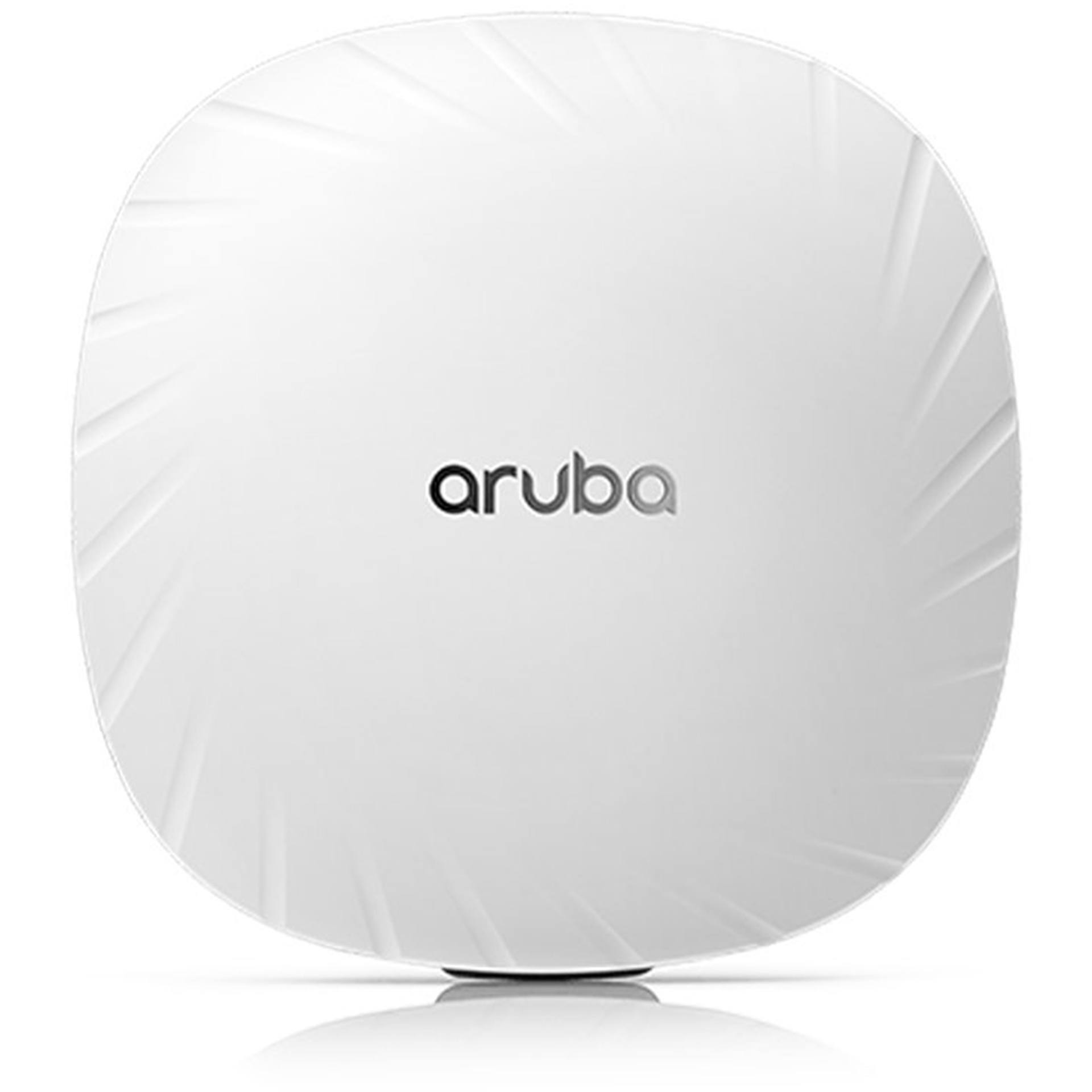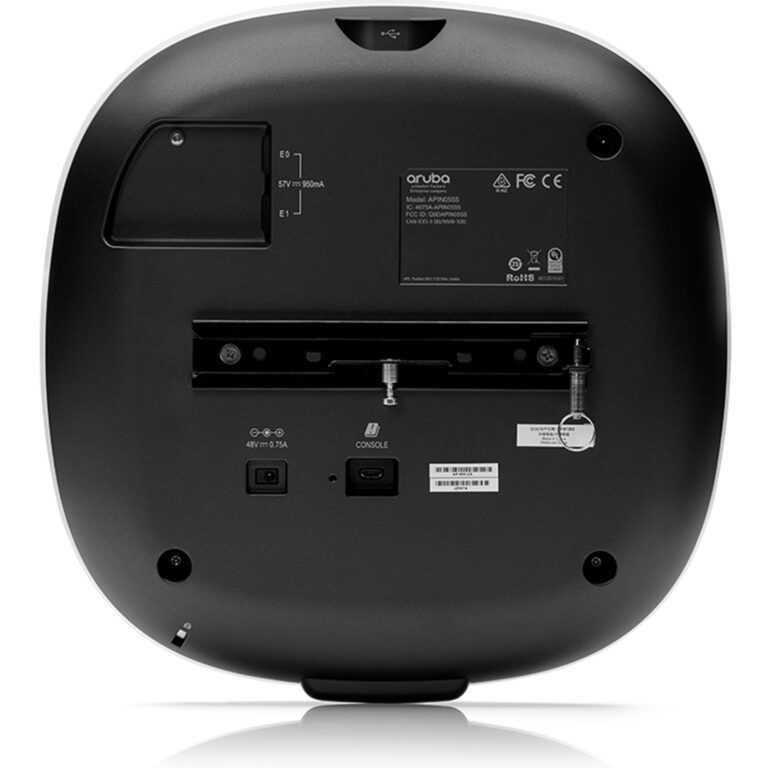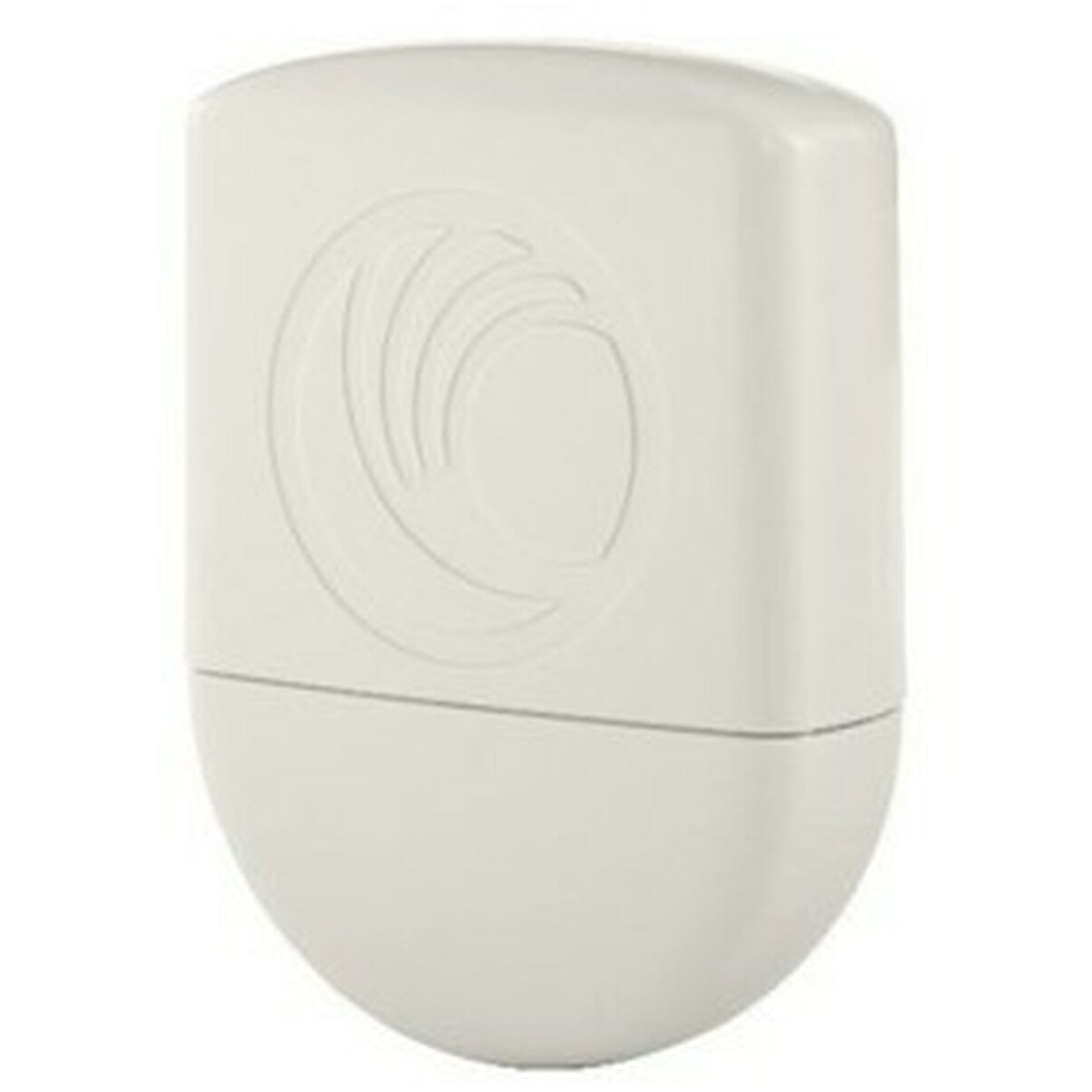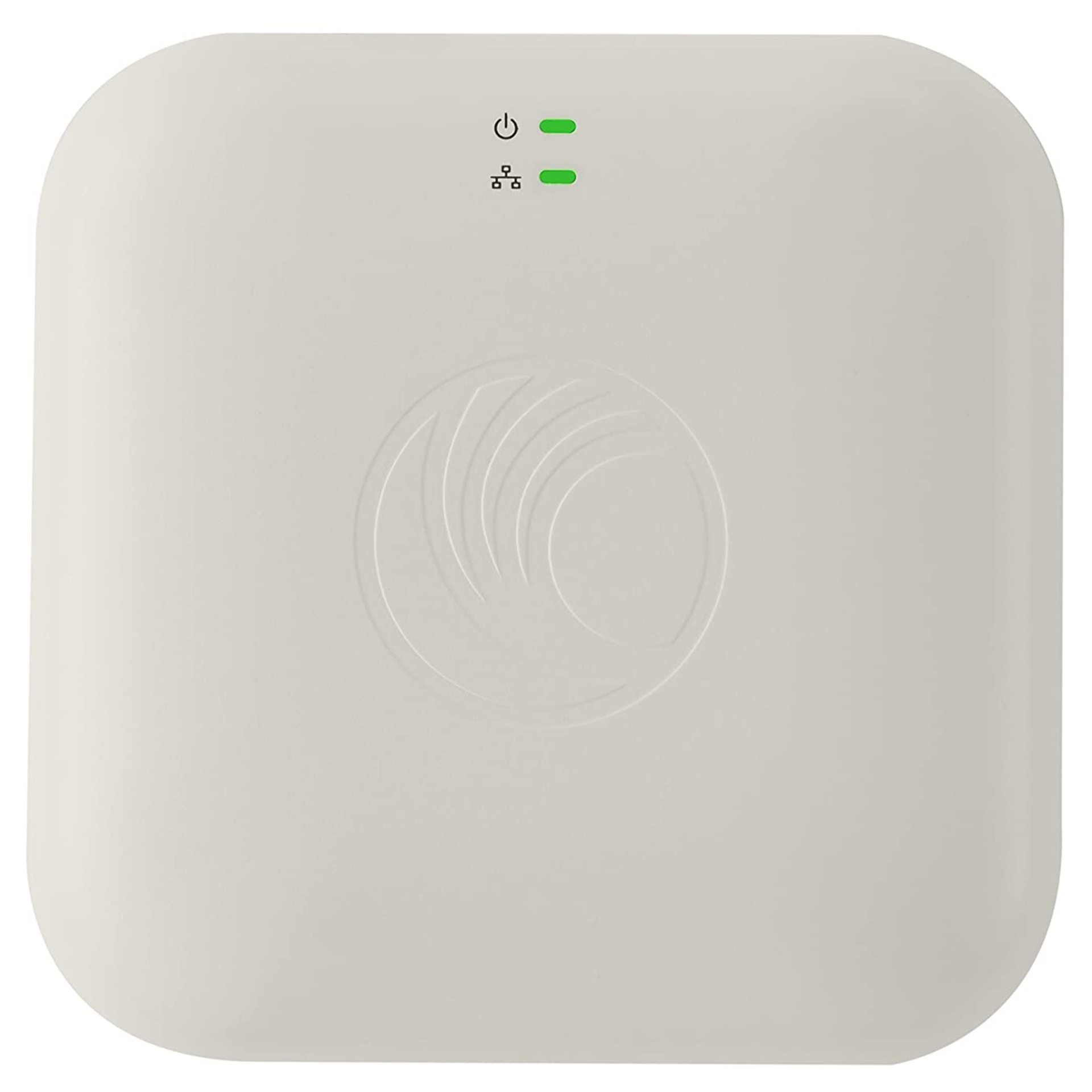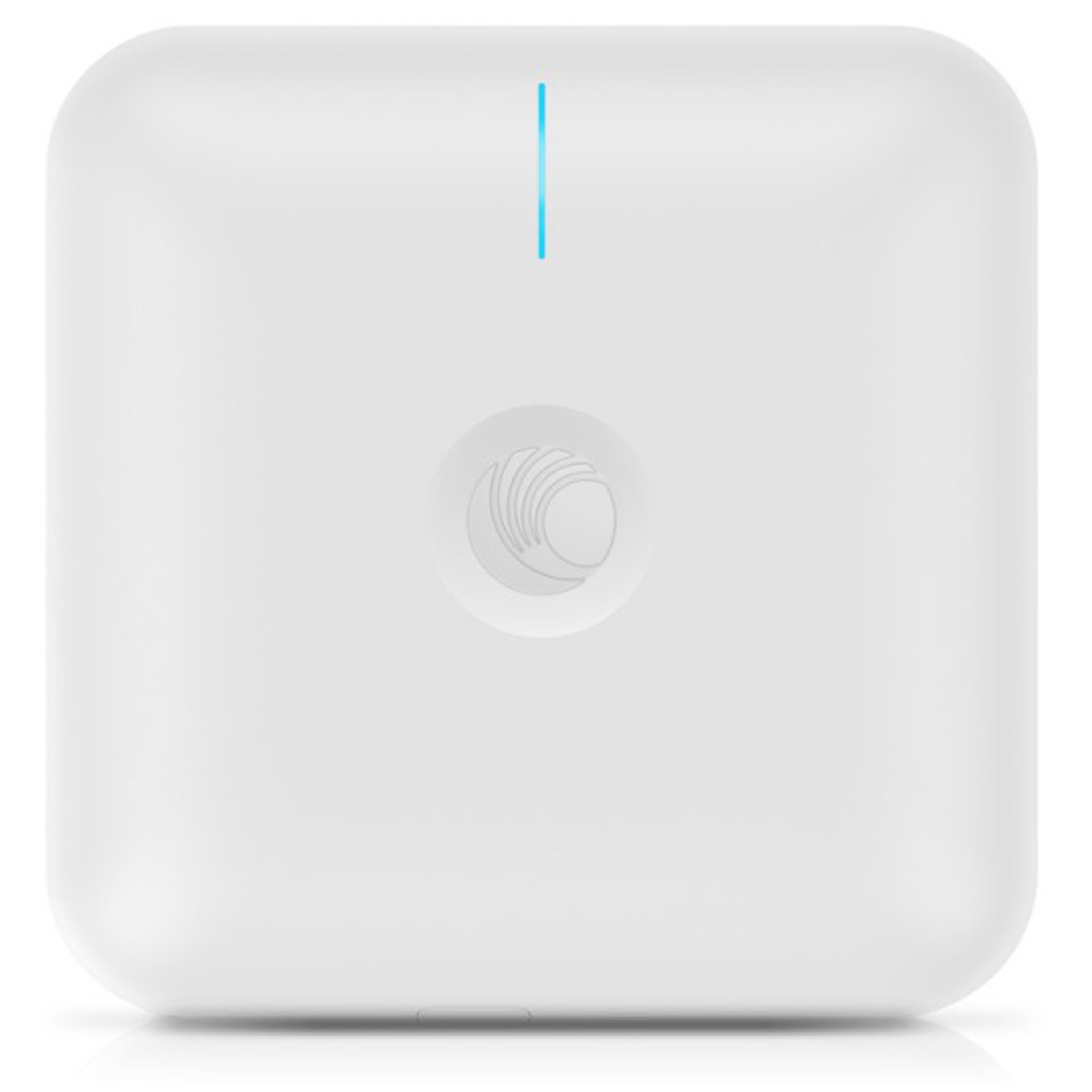- Call Us: +971 433 83 178 |
- Email Us: sales@cyberlegend.ae
ARUBA 550 SERIES
Aruba 550 series wireless access point provide high performance connectivity for any enterprises experiencing growing number of IoT and mobility requirements. With the data rate of 6 Gbps the device deliver the speed and reliability needed for any growing environment. It optimize user experience by enhancing Wi-Fi efficiency. It comes with a multi user MIMO, 4 spatial streams to quickly provide concurrent data transmission, maximizing data throughput and improving network efficiency. This 550 series wireless access point provides best-in-class wireless capabilities for any enterprises.
Features
6 Gbps of maximum throughput
WPA3 and enhanced open security
IoT ready Bluetooth
Enhanced multi-user efficiency
ClientMatch technology
Intelligent power monitoring
Secured and simple access
Specifications:
Overview
The 550 Series is designed to simultaneously serve multiple clients and traffic types with dual radio (8×8 + 4×4 MIMO) and optional tri-radio mode, boosting overall network performance by up to 4X versus 802.11ac APs.
In addition to the benefits that 802.11ax delivers, the 550 Series provide differentiated capabilities which include AI-powered Wi-Fi RF optimization, always-on connectivity, and WPA3 certified security. Green AP mode offers AI-powered energy savings of up to 70%.
HARDWARE VARIANTS
AP-555: Internal antenna models
WI-FI RADIO SPECIFICATIONS
AP type: Indoor, dual/tri-radio, 5GHz and 2.4GHz 802.11ax 4×4 MIMO
5GHz radio (dual-radio operation): Eight spatial stream Single User (SU) MIMO for up to 4.8Gbps wireless data rate with individual 8SS HE80 (or 4SS HE160) 802.11ax client devices, or with eight 1SS or four 2SS HE80 802.11ax MU-MIMO capable client devices simultaneously
5GHz radio (tri-radio operation*): Four spatial stream Single User (SU) MIMO for up to 2.4Gbps wireless data rate with individual 4SS HE80 (or 2SS HE160) 802.11ax client devices, or with four 1SS or two 2SS HE80 802.11ax MU-MIMO capable client devices simultaneously
2.4GHz radio: Four spatial stream Single User (SU) MIMO for up to 1,150Mbps wireless data rate with individual 4SS HE40 802.11ax client devices or with two 2SS HE40 802.11ax MU-MIMO capable client devices simultaneously
Support for up to 1,024 associated client devices per radio* (typical recommended limit for active clients is 200), and up to 16 BSSIDs per radio
Supported frequency bands (country-specific restrictions apply):
2.400 to 2.4835GHz (radio 1)
5.150 to 5.250GHz (radio 0 and 0L)
5.250 to 5.350GHz (radio 0 and 0L)
5.470 to 5.725GHz (radio 0 and 0U)
5.725 to 5.850GHz (radio 0 and 0U)
Available channels: Dependent on configured regulatory domain
Dynamic frequency selection (DFS) optimizes the use of available RF spectrum
Supported radio technologies:
802.11b: Direct-sequence spread-spectrum (DSSS)
802.11a/g/n/ac: Orthogonal frequency-division multiplexing (OFDM)
802.11ax: Orthogonal frequency-division multiple access (OFDMA) with up to 37 resource units (for an 80MHz channel)*
Supported modulation types:
802.11b: BPSK, QPSK, CCK
802.11a/g/n: BPSK, QPSK, 16-QAM, 64-QAM, 256-QAM (proprietary extension)
802.11ac: BPSK, QPSK, 16-QAM, 64-QAM, 256-QAM, 1024-QAM (proprietary extension)
802.11ax: BPSK, QPSK, 16-QAM, 64-QAM, 256-QAM, 1024-QAM
802.11n high-throughput (HT) support: HT20/40
802.11ac very high throughput (VHT) support: VHT20/40/80/160
802.11ax high efficiency (HE) support: HE20/40/80/160
Supported data rates (Mbps):
802.11b: 1, 2, 5.5, 11
802.11a/g: 6, 9, 12, 18, 24, 36, 48, 54
802.11n: 6.5 to 600 (MCS0 to MCS31, HT20 to HT40), 800 with 256-QAM
802.11ac: 6.5 to 1,733 (MCS0 to MCS9, NSS = 1 to 4, VHT20 to VHT160), 2,166 with 1024-QAM/li>
802.11ax (2.4GHz): 3.6 to 1,147 (MCS0 to MCS11, NSS = 1 to 4, HE20 to HE40)
802.11ax (5GHz): 3.6 to 4,804 (MCS0 to MCS11, NSS = 1 to 8, HE20 to HE160)
802.11n/ac packet aggregation: A-MPDU, A-MSDU
Transmit power: Configurable in increments of 0.5dBm
Maximum (aggregate, conducted total) transmit power (limited by local regulatory requirements):
2.4GHz band: +24dBm (18dBm per chain)
5GHz band: +27dBm in dual-radio mode, +24dBm in tri- radio mode (18dBm per chain)
Note: conducted transmit power levels exclude antenna gain. For total (EIRP) transmit power, add antenna gain.
Advanced Cellular Coexistence (ACC) minimizes the impact of interference from cellular networks
Maximum ratio combining (MRC) for improved receiver performance
Cyclic delay/shift diversity (CDD/CSD) for improved downlink RF performance
Space-time block coding (STBC) for increased range and improved reception
Low-density parity check (LDPC) for high-efficiency error correction and increased throughput
Transmit beam-forming (TxBF) for increased signal reliability and range*
802.11ax Target Wait Time (TWT) to support low-power client devices*
*Not initially supported; will be enabled in a future software release
WI-FI ANTENNAS
Integrated downtilt omni-directional antennas for 4×4 MIMO in 2.4GHz with peak antenna gain of 4.3dBi, and 8×8 MIMO in 5GHz with peak antenna gain of 5.8dBi in 5GHz. In tri-radio mode, the peak gain of the antennas for each of the 4×4 5GHz radios is 5.5dBi (radio 0L, lower half of 5GHz) and 5.6dBi (radio 0U, upper half of 5GHz). Built-in antennas are optimized for horizontal ceiling mounted orientation of the AP. The downtilt angle for maximum gain is roughly 30 degrees.
A mix of horizontally and vertically polarized antenna elements is used
Combining the patterns of each of the antennas of the MIMO radios, the peak gain of the combined, average pattern is 2.4dBi in 2.4GHz and 0.7dBi in 5GHz (dual- radio mode).
In tri-radio mode, the peak gain of the combined, average pattern is 1.1dBi (radio 0L, lower half of 5GHz) and 3.6dBi (radio 0U, upper half of 5GHz)
OTHER INTERFACES
E0, E1: HPE SmartRate port (RJ-45, maximum negotiated speed 5Gbps)
Auto-sensing link speed (100/1000/2500/5000BASE-T) and MDI/MDX
2.5Gbps and 5Gbps speeds comply with NBase-T and 802.3bz specifications
POE-PD: 48Vdc (nominal) 802.3af/at/bt POE (class 3 or higher)
802.3az Energy Efficient Ethernet (EEE)
Link aggregation (LACP) support between both network ports for redundancy and increased capacity
POE power can be drawn from either port (single source, or set to prioritize) or both ports simultaneously (set to combine). When set to prioritize, the AP draws power from E0 and may failover to E1.
DC power interface: 48Vdc (nominal, +/- 5%), accepts 1.35mm/3.5mm center-positive circular plug with 9.5mm length
USB 2.0 host interface (Type A connector)
Capable of sourcing up to 1A / 5W to an attached device
Bluetooth Low Energy (BLE5.0) and Zigbee (802.15.4)* radio
BLE: up to 8dBm transmit power (class 1) and -99dBm receive sensitivity (125kbps)
Zigbee: up to 8dBm transmit power and -97dBm receive sensitivity
A pair of integrated omnidirectional antennas (polarization diversity) with roughly 30 degrees downtilt and peak gain of 4.5dBi
Visual indictors (two multi-color LEDs): for System and Radio status
Reset button: factory reset, LED mode control (normal/off)
Serial console interface (proprietary, micro-B USB physical jack)
Kensington security slot

